Physicians' Gallery Newsletter
Updates on upcoming events, exhibitions and online stories
Empowering medical excellence, shaping healthcare futures.
Judicium urinarum
This manuscript is the oldest purely medical manuscript in the College collections. It dates from the late 1400s.
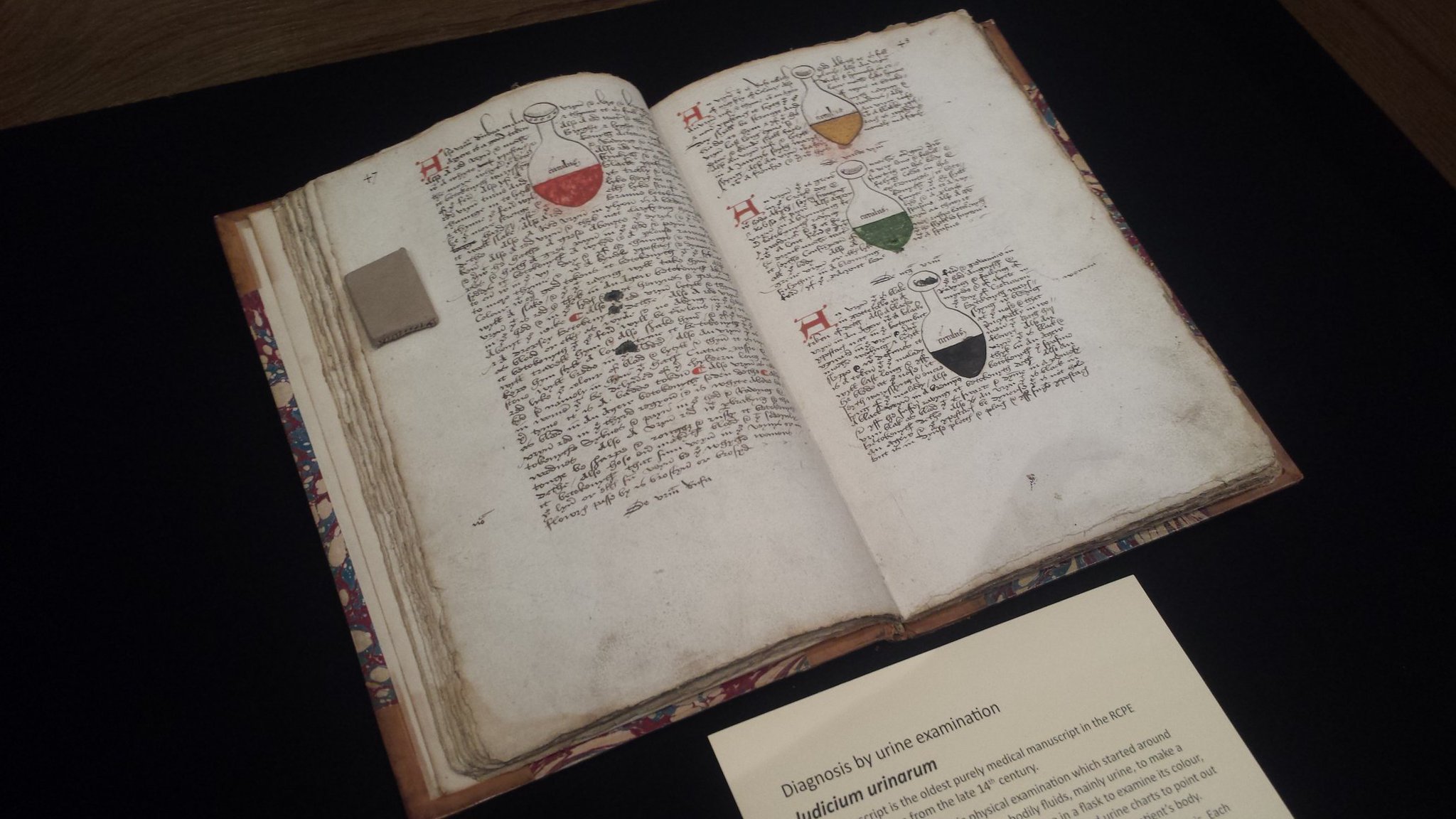
Before the era of systematic physical examination doctors relied on the examination of bodily fluids, mainly urine, to make their diagnosis. Medieval doctors would collect urine in a flask to examine its colour, consistency, odour and sediments. They then used urine charts to point out where there was imbalance in the patient’s body.
The Judicium also contains astrological charts to help with diagnosis. Each astrological sign was associated with a different part of the body and this helped in the preparation of medicines for individual patients.
William Cullen (1710-1790), President of the RCPE (1773-1775)
Eighteenth century medical practice frequently included medical diagnosis by post, where a physician would never actually physically meet their patient. They relied on the patient’s medical history and a description of current illness for their diagnosis. In the case of Dr William Cullen, his medical practice by correspondence reached as far as the Shetland Islands, India and North America.
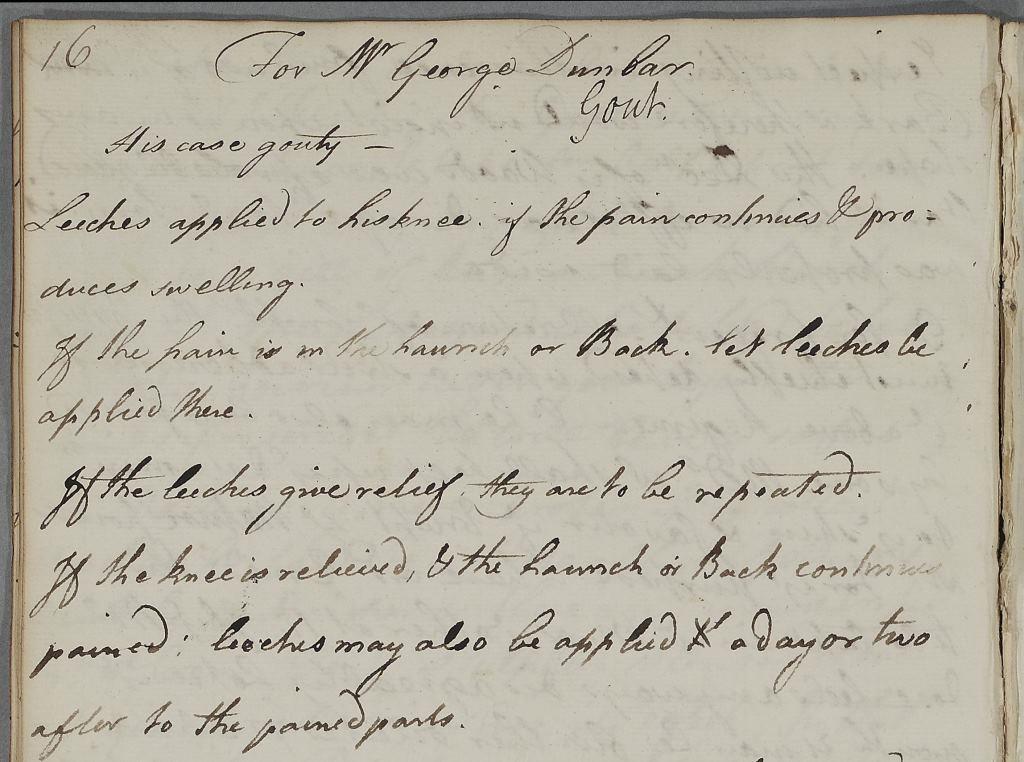
This is a letter from Dr William Cullen regarding a patient, George Dunbar, from Boath in the Highlands, dated 23 March 1774. The written description of symptoms which Cullen had received led him to diagnose gout and prescribe leeches, a blister and laxatives. You can read the letter in full here.
This letter is part of the College's collection of Dr Cullen's correspondence, which has been digitised and made available online at www.cullenproject.ac.uk.
Leopold Auenbrugger (1722 – 1809)
Inventum novum ex percussione thoracis humani ut signo abstrusos interni pectoris morbos detegendi
Vindobonae, 1761
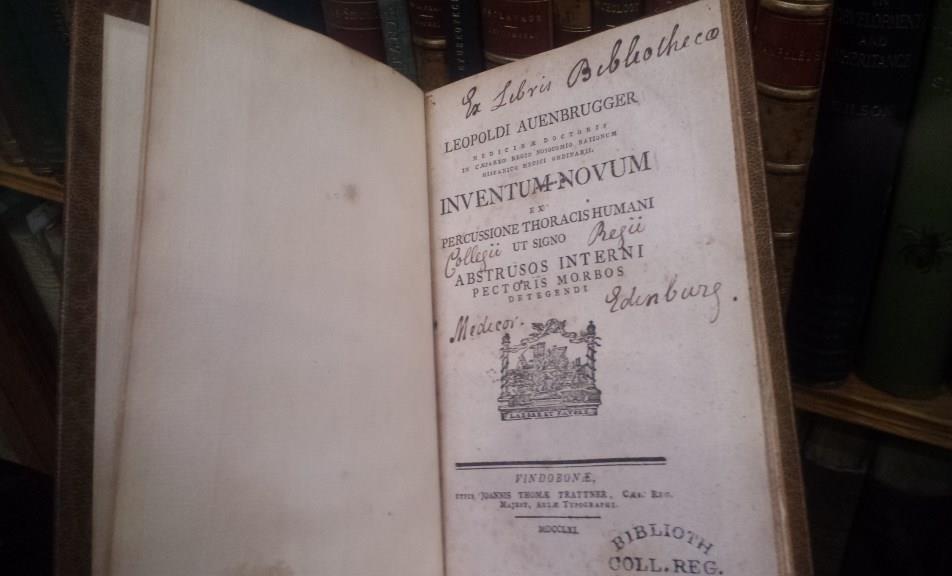
The era of modern physical examination began with the publication of this book by Leopold Auenbrugger, a distinguished Vienna physician. He invented the method of examination of the organs in the chest by percussion, noticing the differences in the sound associated with different thoracic diseases. According to legend, he was inspired by his father who tapped wine casks in order to judge how much wine was left in them. Auenbrugger’s discovery received little attention at first until his treatise was translated from Latin by Jean Nicolas Corvisart, Napoleon’s personal physician, who tested it on his wards. Corvisart’s prestige established percussion as an important physical diagnosis technique.
René Théophile Hyacinthe Laënnec (1781-1826)
De l'auscultation mediate ou traite du diagnostic des maladies des poumons et du couer
Paris, 1819
Laennec's invention of the stethoscope in 1816 revolutionised the study of diseases of the thoracic organs.
Laennec was a student of Corvisart who, like his teacher, used direct auscultation while examining his patients. He found that it didn’t work in all patients and on one occasion in 1816 rolled a sheet of paper and placed one end on the patient’s chest and another in his ear. He spent the next three years perfecting this technique and went on to create the first wooden stethoscope.
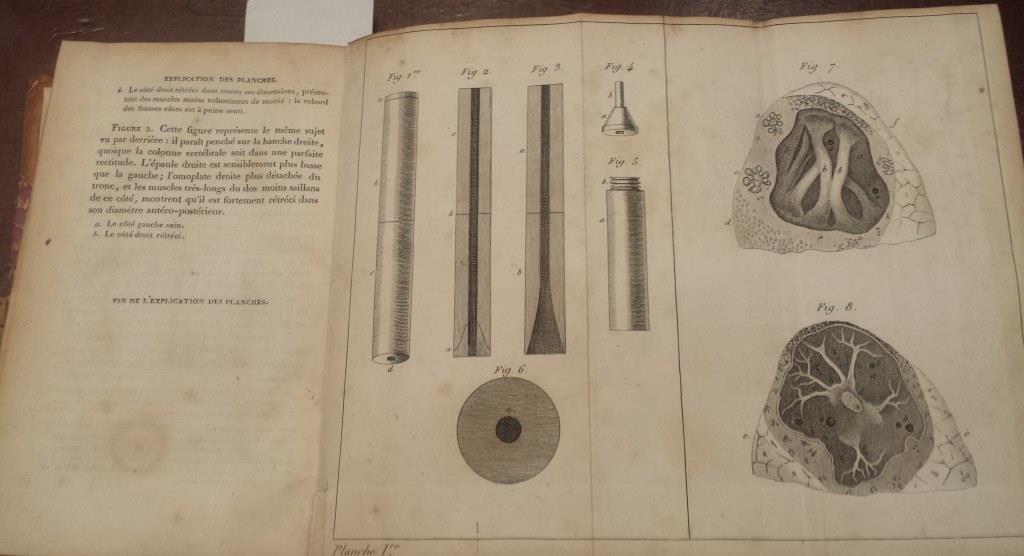
De l'auscultation mediate was a detailed manual on the use of the new instrument and each copy was sold with a stethoscope made by Laennec. The book became an immediate success and students from all over the world came to study under Laennec.
The illustrations show the construction of Laennec's first primitive wooden stethoscope.
Eric Cassaët (1863-1940)
Précis d’auscultation et de percussion, 2nd edition
Paris, 1906
The first edition of this manual on percussion and auscultation was published in Paris in 1899.
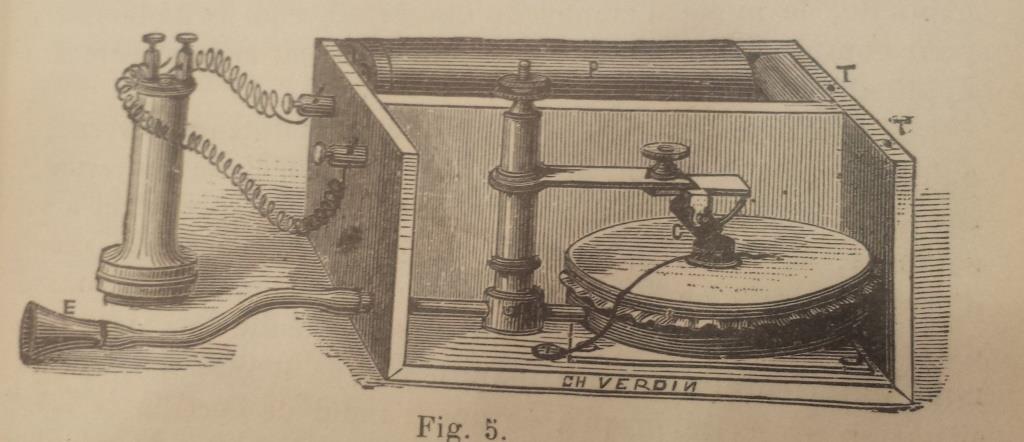
Illustration of 'Microphone ou micro-stethoscope'
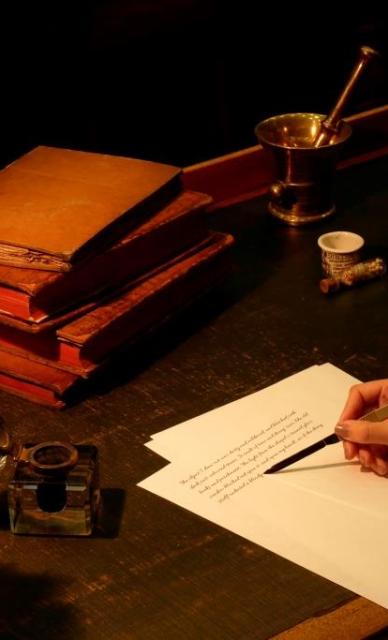
Updates on upcoming events, exhibitions and online stories